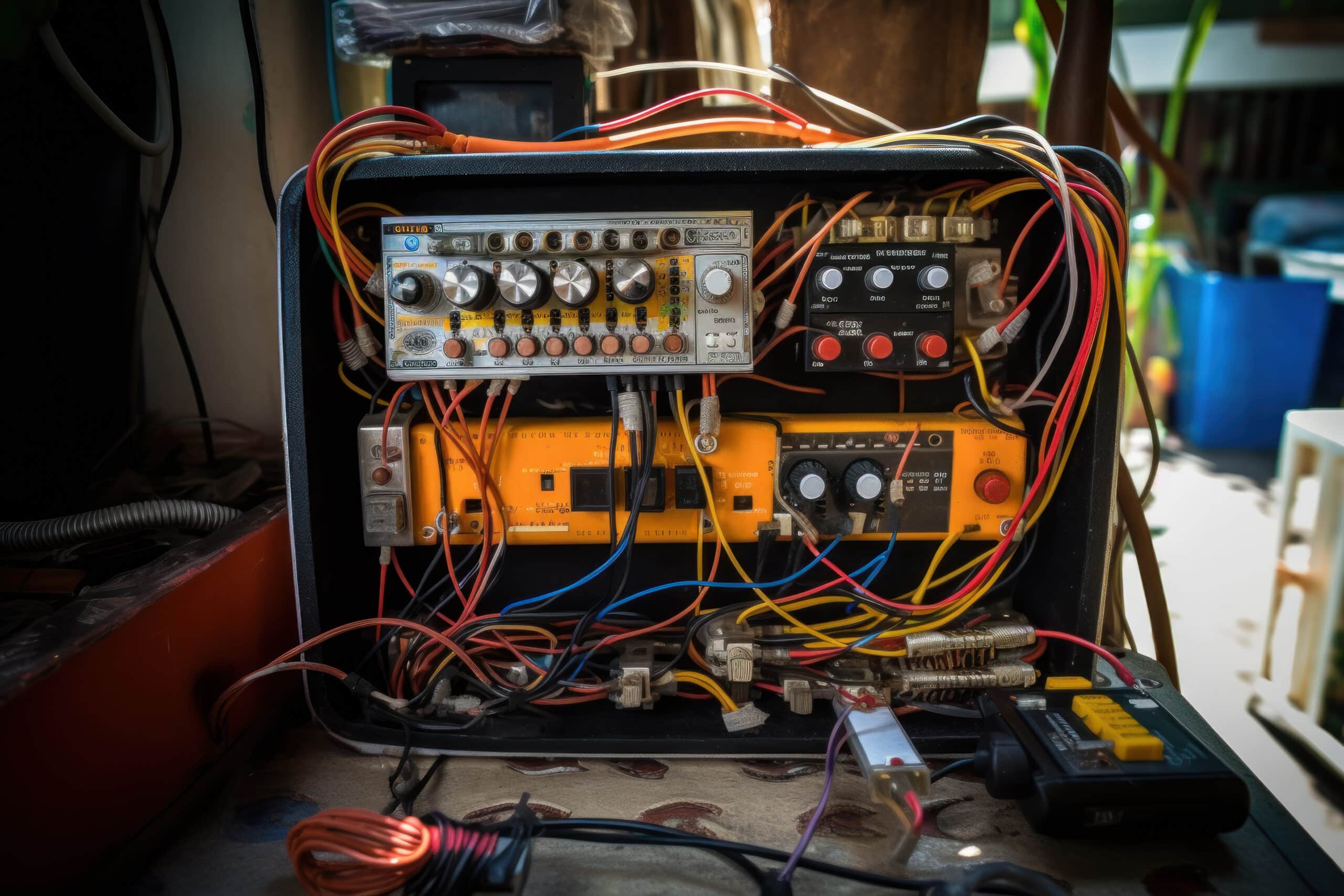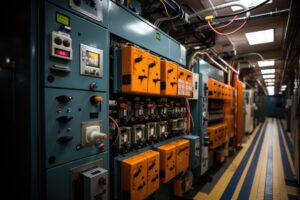Is it Possible to DIY a Generator Transfer Switch Installation?
Key Takeaways
- DIY generator transfer switch installation offers cost savings, flexibility, and a learning opportunity.
- DIY installation carries safety risks, legal requirements, and the lack of expertise can lead to errors or unsafe electrical systems.
- Follow a step-by-step guide for a safe and successful DIY installation, and consider professional inspection to ensure compliance with local codes and safety standards.
Installing a generator transfer switch can be a crucial step in ensuring uninterrupted power supply during emergencies or power outages. But the question remains: is it possible to DIY a generator transfer switch installation? Let’s explore the pros and cons, as well as the step-by-step process involved in installing a generator transfer switch, to help you make an informed decision.
Pros of DIY Generator Transfer Switch Installation
There are several advantages to tackling a generator transfer switch installation as a DIY project:
- Cost savings: Professional installation can be expensive, and opting for a DIY approach can help save money on labor costs.
- Flexibility: DIY installation allows for customization, giving you the freedom to choose specific parts and components that meet your individual needs.
- Learning opportunity: By taking on the installation yourself, you can gain knowledge and skills in electrical work, and better understand your home’s electrical system.
Cons of DIY Generator Transfer Switch Installation
While there are potential benefits, it’s important to consider the drawbacks of DIY generator transfer switch installation:
- Safety risks: Working with electrical systems can be dangerous, and DIY installation carries the risk of electrical shocks, fires, and other hazards if not done correctly.
- Legal requirements: Some jurisdictions may require professional installation or permits for transfer switch installation, making DIY installation either prohibited or resulting in code violations.
- Lack of expertise: Without proper knowledge and experience, DIY installation may lead to errors or mistakes that can result in malfunctioning or unsafe electrical systems.
It’s vital to note that the specific pros and cons can vary depending on individual circumstances, such as your level of knowledge and experience with electrical work. Consulting professionals and following local codes and regulations for any electrical installations is always recommended.
Step-by-Step Guide for Installing a Generator Transfer Switch
If you decide to proceed with a DIY generator transfer switch installation, following a step-by-step guide can help ensure a safe and successful installation. Here’s a general outline:
- Prioritize safety: Start by turning off the main circuit breaker, wearing appropriate protective equipment, and ensuring the generator is turned off and disconnected.
- Choose a suitable location: Select a location for the transfer switch that is close to the main electrical panel and generator, with proper ventilation and clear access for maintenance.
- Gather necessary tools and materials: Collect all the required tools and materials, including a generator transfer switch kit, screwdrivers, wire strippers and cutters, mounting hardware, conduit and fittings, electrical tape, wire connectors, a level, and a drill with bits.
- Prepare the main electrical panel: Turn off all circuit breakers, mount the transfer switch subpanel next to or below the main panel, and connect the conduit between the panels.
- Wire the components: Follow the manufacturer’s instructions to properly wire the generator power inlet box to the transfer switch, route the generator cables to the switch, and connect them securely. Wire the transfer switch to the main panel.
- Test the system: Turn on the main circuit breaker, start the generator (if not already running), and switch the transfer switch to the generator position to confirm power restoration to essential circuits. Switch the transfer switch back to the grid position and verify power restoration from the grid. Test various circuits for proper functioning.
- Finish the installation: Label all circuits and switches, secure the transfer switch cover, clean up debris, and remove tools and materials from the area.
- Consider professional inspection: It may be wise to have a qualified electrician inspect the installation to ensure it meets local codes and safety standards.
Always consult the manufacturer’s instructions and local electrical codes for specific details and requirements during the installation process.
Conclusion
While it is possible to DIY a generator transfer switch installation, it is important to weigh the pros and cons carefully. The cost savings, flexibility, and learning opportunity can be appealing, but it is crucial to recognize the safety risks, legal requirements, and the importance of expertise in electrical work.
If you decide to proceed with a DIY installation, following a step-by-step guide and consulting professionals when needed can help ensure a successful and safe installation. However, if you are uncertain or lack experience, it may be best to hire a professional electrician to handle the installation.
Related Websites:
FAQs:
Q: Is it possible to DIY a generator transfer switch installation?
Yes, it is possible to DIY a generator transfer switch installation. However, it requires a good understanding of electrical systems, knowledge of electrical codes and regulations, and the right tools. Careful planning, research, and attention to detail are essential for a successful DIY installation.
Q: What are the advantages and disadvantages of DIY transfer switch installations?
The advantages of DIY transfer switch installations include cost savings and the satisfaction of completing a project yourself. However, disadvantages include the complexity of electrical work involved, potential safety risks if not done correctly, and the need for specialized knowledge and skills.
Q: What factors should I consider before attempting a DIY transfer switch installation?
Before attempting a DIY transfer switch installation, consider the electrical capacity of your generator and home’s electrical system. Proper generator grounding is also crucial. If you’re unsure about any step of the installation process, it is advisable to seek professional assistance to ensure safety and compliance with electrical codes.
Q: What safety precautions should I follow during a generator transfer switch installation?
During a generator transfer switch installation, it is important to follow essential safety precautions. These include turning off power, following proper grounding procedures, wearing appropriate protective gear, and performing a thorough inspection and testing after installation. Adhering to these precautions ensures your safety and the proper functioning of the transfer switch.
Q: What are the key points to consider before deciding on a DIY installation?
Before deciding on a DIY installation, it is important to evaluate your skills and knowledge in electrical systems. Understand the complexity of the electrical work involved and the need to follow electrical codes and regulations. Consider the advantages and disadvantages, and whether you have the time, resources, and attention to detail required for a successful DIY installation.






